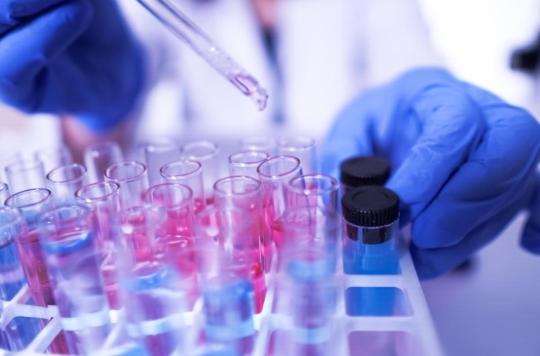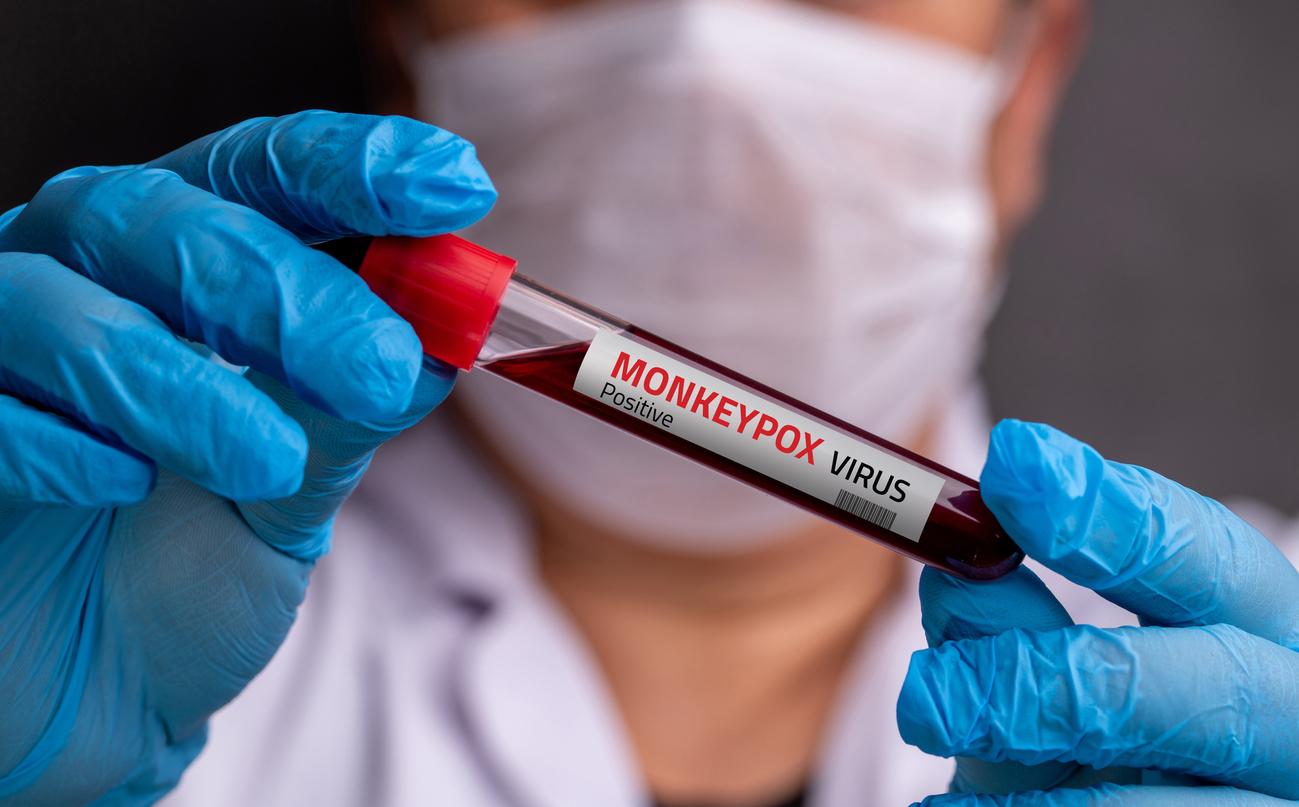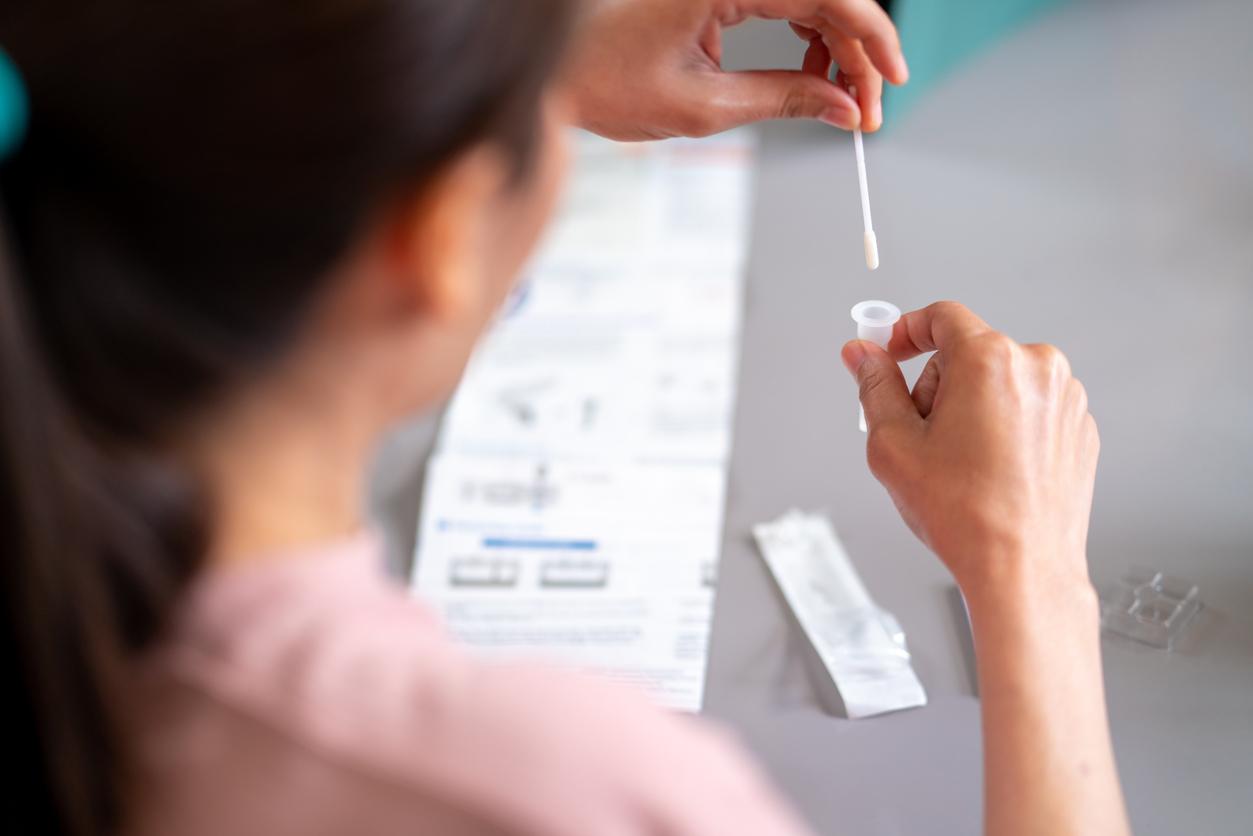The virus causes hemorrhagic fever, with a very high risk of death. Two cases have been identified in Ghana.

- The two infected people died at the end of June.
- The disease was first detected in 1967.
- The cases are mainly identified in Africa, or in people returning from a trip to the continent.
An outbreak of Marburg virus disease affects Ghana. In this West African country, two cases have been confirmed by a Senegalese laboratory. Initially, the virus is transmitted by bats, but contamination also occurs between humans, through contact with blood, secretions or any other biological fluid.
The World Health Organization recalls that it is a serious disease, often fatal, with a risk of death close to that of Ebola. “The average fatality rate for this disease is around 50%.precise WHO. It has ranged from 24% to 88% in previous outbreaks, depending on viral strain and case management.”
A quick reaction
The two infected people were unrelated. More than 90 people have been identified as contact cases, and have been followed since. “Health authorities reacted quickly, getting a head start in preparing for a possible outbreaksaid Dr Matshidiso Moeti, WHO Regional Director for Africa. This is a good thing because without immediate and decisive action, the Marburg can easily spiral out of control. WHO is on the ground to support health authorities and now that the outbreak is declared, we are mobilizing more resources for the response.”
severe symptoms
The disease causes hemorrhagic fever, sometimes with headache, diarrhea, cramps and nausea. Symptoms appear between two and 21 days after infection, and they worsen soon after they appear. “Patients at this stage are often described as ‘ghost-like’, with deeply sunken eyes, an expressionless face and extreme lethargy.”noted WHO.
Treatments under study
There is no specific treatment for Marburg virus disease but a “early management with rehydration and symptomatic treatment improves survival”, adds the organization. “A range of potential treatments, including blood products, immune therapies and drug treatments, are being evaluated.”
Furthermore, there is no vaccine to protect against the disease, but the implementation of protective measures reduces the risk of infection. In the event of necessary contact with an infected person, gloves and personal protective equipment should be worn, and hands should be washed regularly. Even cured, infected people can be contagious: they remain so as long as the virus is present in their blood.
















